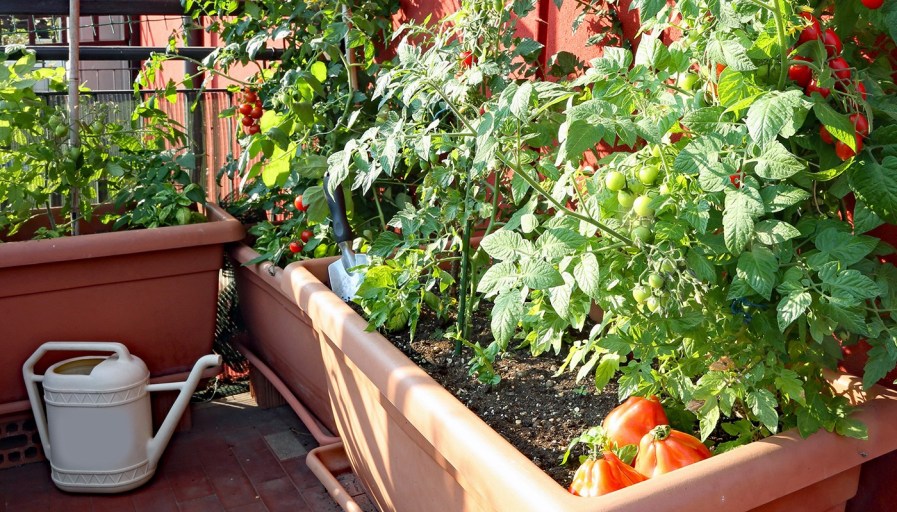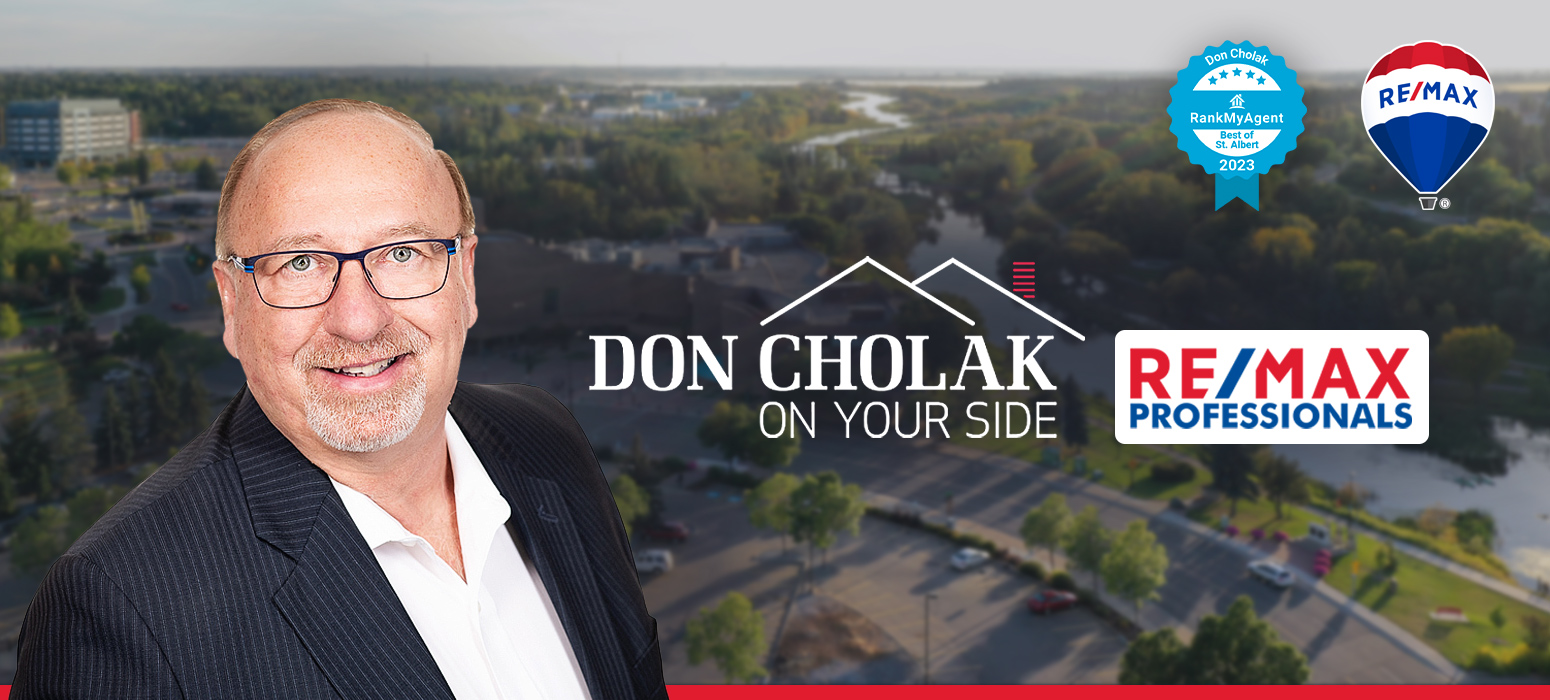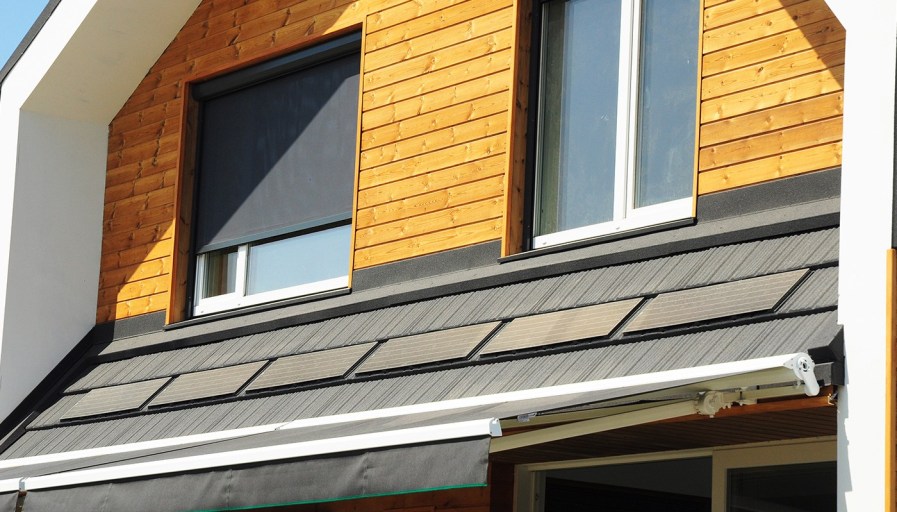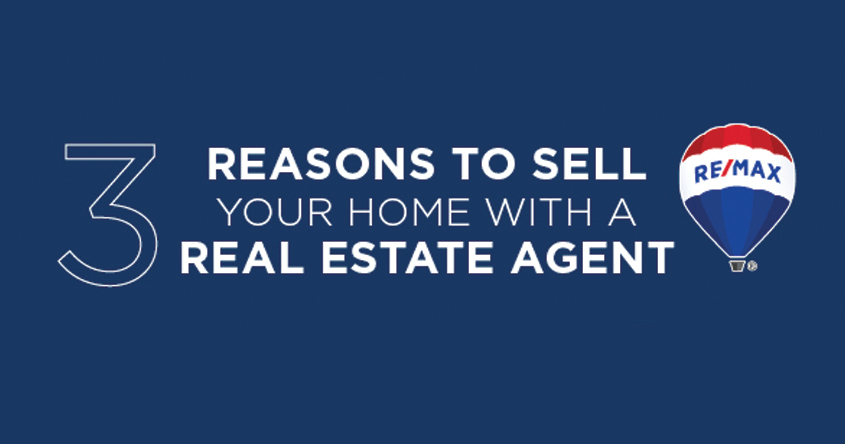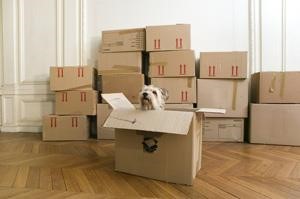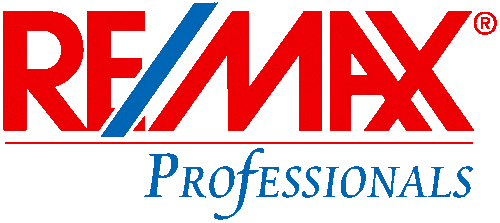Trying to live a greener, more environmentally sustainable life can seem overwhelming—what do you do and where do you start? Can a few little changes around the house really make a difference?
To borrow an old adage, “the journey of a thousand miles begins with a single step.” With that in mind, we have small changes you can gradually work into your home routine that aren’t just eco-friendly, they’re also budget-friendly.
Outdoors:
1. Plant a small backyard or patio garden
Reduce your grocery bill by growing herbs and vegetables in your own backyard or build a garden box or two for your windowsill or balcony. If you grab too many herbs for dinner, there are plenty of things you can do with the surplus—like making a sauce or personalized teas.
2. Line dry your clothing
Fresh air: dryer sheets try and replicate it but it’s hard to beat the real thing. Line drying your laundry is quick, fresh and can help you save on your utilities. Plus, you get a bit of fresh air yourself!
3. Use water from a dehumidifier to water plants
Put the garden hose away. If you use a floor model dehumidifier to keep your basement dry, moisture collects in a reservoir and provides several litres of water you can use for your houseplants or garden.
4. Get a rain barrel and collect rainwater
You’d be surprised how much water you can collect from a downpour or two. Make sure you cover the opening with mesh to keep the bugs out and you’ll have gallons of water at your disposal in the summer.
Indoors:
1. Unplug small appliances and electronics when not in use
It might not be easy to get behind the stove to unplug it, but before you leave for work in the morning, unplug things like small appliances, phone chargers and even your entertainment centre. Consider using power strips so you can kill the power without rearranging your furniture.
2. Open the curtains
Let the sun do its thing to light and warm your house naturally when you’re at home and the weather is cooler. In peak summer or winter, however, closing your blinds, drapes or shutters can help keep the heat either out or in.
3. Seal up your home
Plug, insulate, replace, repair, caulk or seal your doors, windows and any errant cracks to make your home as leak-proof and airtight as possible.
4. Save baths for special occasions
Keeping baths and showers to a minimum (both in frequency and time) will help make a big difference for your water consumption.
5. Conserve your flushes
Consider switching to a low-flow or high-efficiency toilet to help save water. You can even make use of the water collected from your rain barrel (tip #5)– dumping a bucket of water right into the bowl is enough to trigger a flush, then gravity takes over. Don’t waste water on flushable wipes where they can block or damage your septic or sewage system. Dispose of these items in the trash and save flushing for when you really need to (hint: if it’s yellow, let it mellow).
6. Wash laundry in cold vs. hot water and wait for a full load
Many of the brands you’re already using have cold wash soap options—and remember, you often need less soap than you think, so check the measurement lines on the lid or scoop and don’t eyeball your pour.
7. Go paperless and pay your bills online
If you use mobile banking, opt-out of receiving paper bills. Many service providers have dedicated apps so you can see your entire transaction history whenever you want.
8. Under the sink and yard composter
Many municipalities across Canada have initiated green bin programs to encourage people to compost their household waste and food scraps. Check with your local government to see what’s available or make your own.
9. Use your heat dampers
If you have central heating, you likely have floor vents to distribute warm air to each room. Those floor vents (dampers) have dials so you can keep them either opened or closed. Consider closing them in rooms that aren’t being used, like a spare bedroom) to reduce the energy spent heating the space. It’s recommended that you don’t do this in bathrooms or anywhere there is plumbing to avoid frozen pipes.
Bonus tip: Replace your furnace filter regularly so trapped dust and debris don’t restrict airflow and force your furnace to work harder.
10. Properly secure opened food packages
Stale food often ends up right in the trash (or green bin) earlier than it needs to because of improper sealing. Spare clothes pegs work great as bag clips and can help keep crackers, cereal and chips fresh longer while glass or food-safe containers can keep a variety of foods fresh or frozen.
11. Control the temperature
If no one is home during the day, why spend the money and energy to keep the house super toasty (or cooled)? Use a programmable thermostat to help regulate the temperature throughout the day or consider investing in a smart thermostat that you can control via your smartphone.
12. Handmade door draft stoppers
If there’s a draft coming under a door you haven’t had the chance to deal with, keep the cold air out by making a handmade door draft stopper with an old rolled-up bath towel or even old pillow inserts or stuffing.
Products:
1. Use natural cleaners
There are many options available for store-bought cleaners featuring all or majority natural ingredients. Or turn to Pinterest for tips on how to make your own cleaners using baking soda, vinegar and even coffee grinds.
2. Use energy efficient light bulbs
There are plenty of bulbs on the market now boasting significant energy savings, like compact fluorescent or halogen bulbs.
3. Use cloth alternatives
Steer away from single-use materials like napkins, paper towels and cleaning pads by swapping them for cloth options. You can make cleaning rags by cutting up old bed sheets, towels and even t-shirts instead of throwing them out.
4. Alternatives to buying new
Before buying anything new, consider community sites, swap-and-sells or local Facebook groups. Do some digging: your city or community might put on a large annual yard sale full of great deals.
Renovations:
1. Renovating more sustainably
When you’re planning your next home project, think about ways you can get the work done more sustainably—here are five tips!
2. Getting rid of renovation waste
Think about how you’ll dispose of the building waste when you’re done. Here are a few eco-friendly tips to get rid of everything.
